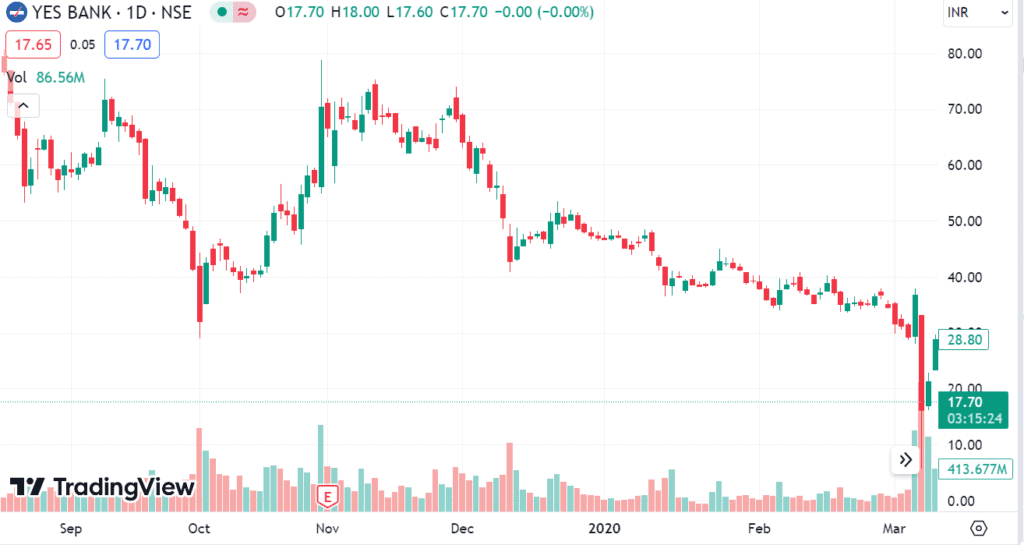
In 1991, India faced the most alarming economic crisis that rocked its financial foundation. Under this backdrop of recovery, two landmark reports by the Narasimham Committee came into existence, first in 1991 and later in 1998.
The latter, called Narasimham Committee II, was particularly instrumental in the strengthening of the banking sector of India.
One of the committee’s primary recommendations was to address NPA full form – non-performing assets, the single largest factor impacting the Indian banking sector vis à vis the economy of India. Are you curious about understanding the NPA meaning in banks and their consequences on the market? Stay with us as we delve deeper.
What is NPA?
According to RBI’s Glossary, NPA is “An asset, including a leased asset, becomes non-performing when it ceases to generate income for the bank.”
A loan becomes an NPA when:
- Term loans: The principal or the interest payments are behind schedule for over 90 days.
- Overdraft/cash credit (OD/CC): For more than 90 days, if the account stays ‘Out of order’. An account is termed ‘Out of Order’ if the outstanding balance exceeds the sanctioned limit for 90 continuous days or if there aren’t sufficient credits to cover the debited interest in the same period.
- Bills purchased and discounted: The bill is overdue for more than 90 days.
- Agricultural loans: For short-duration crops, it’s two overdue crop seasons. For long-duration crops, it’s one overdue season.
- Securitisation transactions: Any liquidity facility outstanding for over 90 days falls under NPA, as per 2006 RBI guidelines.
- Other accounts: Any amount to be received becomes overdue after 90 days.
- Special cases: Loans are also classified as NPAs based on criteria such as restructuring, fraud, project delays, or non-performing investments.
- Overseas branches: NPAs in overseas branches are identified either by RBI guidelines or by the host country’s rules, choosing the more stringent of the two.
You may also like: Non-Convertible Debentures decoded: Steady returns, zero complications
Types of NPA
Banks classify these further into three NPA categories:
- Substandard assets: These assets have a 12-month or shorter NPA history. These are assets that have been NPAs for 12 months or less. These loans have clear credit weaknesses and could lead to a loss for the bank.
- Doubtful assets: Assets are regarded as doubtful if they have been in the substandard category for longer than a year. These loans are not only weak but also make full recovery highly improbable.
- Loss assets: According to RBI, these are uncollectible and not worth keeping on the books, although there might be a slim chance of recovery.
Gross NPA
Gross NPA or GNPA are the total value of loans that haven’t been repaid. Essentially, it’s money that the bank has lent out but hasn’t got back.
When a borrower misses a repayment for 90 days, that loan moves into the GNPA category. The GNPA ratio, calculated as a percentage of total advances, serves as an alarming indicator if it’s high.
Net NPA
Net NPA(NNPA) is GNPA minus the financial cushion the bank has set aside, known as provisions. It gives us a net figure, indicating the actual amount of money that could be a total loss for the bank.
The NNPA ratio, like the GNPA ratio, is calculated in relation to the bank’s total advances. A high NNPA ratio can severely limit a bank’s liquidity.
NPA in banking
Let’s explore how NPA affects the banking sector.
- Profitability and credibility: The first loss is the bank’s profitability. NPAs decrease the net interest income since they essentially lock up money that generates no returns. When profitability decreases, it can negatively affect the capital base.
- Trust erosion: The next impact is in the account holder’s trust. As NPA increases, the trust in the bank’s capacity to secure the fund decreases, leading to increasing withdrawal of deposits.
- Liquidity constraints: As NPAs increase, banks have fewer funds to lend out. This means reduced investment capital.
- Adjustment of interest rates: To manage their limited resources, banks may decrease interest rates on deposit accounts while simultaneously raising lending rates, which can negatively impact both depositors and borrowers.
- Credit risk and risk aversion: Rising NPAs cause banks to place less emphasis on profitability or portfolio expansion and more emphasis on controlling credit risk. This risk aversion is leading to a reduction in the creation of new credit.
- Operational inefficiencies: It takes a lot of operational work to manage NPAs, from revising lending protocols to potentially writing off bad loans. It can divert focus from other activities that generate value.
NPAs have ripple effects that extend to the broader economy. When banks are weighed down by NPAs, their lending ability decreases.
As the chance of new loans reduces, businesses and individuals alike may face operational challenges. With less investment, fewer jobs are created, lowering consumer spending. All this pulls the economy into a slow lane.
Also Read: The Capital Asset Pricing Model (CAPM) – Explained
Effect of NPA on stock prices
Let’s explore the impact of NPAs on stock prices with the example of Yes Bank. Initially, Yes Bank under-reported its NPAs, giving investors and regulators a false sense of assurance.
But in 2014, the RBI introduced the Central Repository of Information on Large Credits (CRILC). It meant Yes Bank had to be transparent about its credit exposures above Rs. 5 Crores.
As the RBI began to scrutinise Yes Bank’s books more closely, discrepancies came to light. Yes Bank’s stated NPAs didn’t match the RBI’s calculations. All of a sudden, the Gross NPAs of YES Bank, which was at around 1% in FY17, stood at around 16.8% in FY19-20.
Meanwhile, the information circulates about the bank’s stability. This led to significant customer withdrawals.
As the reality sank in, Yes Bank’s stock prices took a sharp downturn, and it reached an all-time low in March 2020.

Source: TradingView
Conclusion
Non-performing assets are not only a concern for banks but a serious threat to the economy as a whole. From undermining bank profitability to eroding public trust and constraining the lending pool, the ripple effects are substantial.
In the face of this challenge, understanding and monitoring NPAs become paramount.

